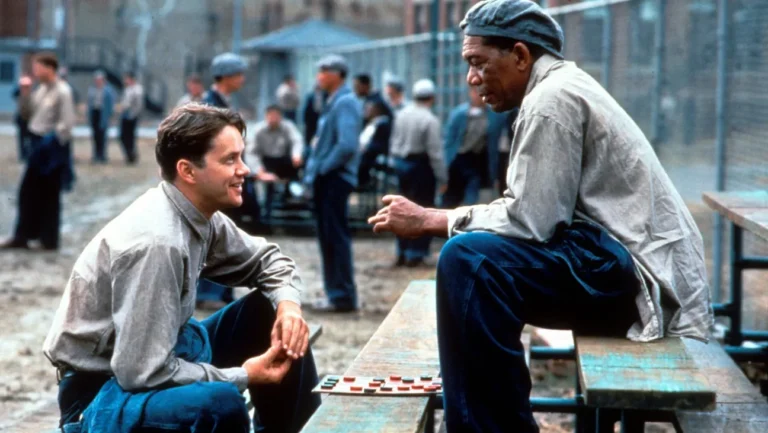The Evolution of Gun Laws: A Comprehensive Look at How They Have Changed Over Time
Gun laws have been a contentious issue in the United States for centuries. The Second Amendment of the United States Constitution guarantees the right to bear arms, but the interpretation of this amendment has been the subject of much debate. Over time, gun laws have undergone significant changes in response to a variety of social, political, and economic factors.
Early Gun Laws
The earliest gun laws in the United States were enacted in the 1600s, primarily to regulate the use of firearms for hunting and self-defense. These laws were largely based on English common law and varied from colony to colony.
In the 1700s, gun laws became more focused on regulating the use of guns for military purposes. During the American Revolution, the Continental Congress passed laws regulating the ownership and use of guns by militias. These laws were later incorporated into the Second Amendment of the Constitution.
Westward Expansion
As the United States expanded westward, guns played a crucial role in settling the frontier. The right to bear arms was seen as essential for self-defense and protection against wildlife and Native American attacks.
During this time, there were few gun laws in place, and it was relatively easy to obtain a firearm. However, as the population grew and conflicts with Native Americans became more frequent, states began to pass laws regulating the use and ownership of guns.

The Civil War and Reconstruction
The Civil War had a significant impact on gun laws in the United States. During the war, both the Union and Confederate armies passed laws regulating the use and ownership of guns by soldiers and civilians.
After the war, during the Reconstruction period, the federal government passed a series of laws aimed at disarming Confederate soldiers and preventing them from owning guns. These laws were intended to prevent the formation of armed militias that could threaten the stability of the new government.
Prohibition and Gang Violence
In the 1920s, the United States enacted Prohibition, which banned the sale and consumption of alcohol. This led to a rise in organized crime and gang violence, much of which was carried out with firearms.
As a result, the federal government passed the National Firearms Act of 1934, which regulated the sale and ownership of certain types of firearms, including machine guns and sawed-off shotguns.
The Civil Rights Movement and Gun Control
The Civil Rights Movement of the 1950s and 1960s brought attention to issues of gun violence and racial inequality. The assassinations of civil rights leaders, including Martin Luther King Jr. and Malcolm X, led to calls for stricter gun control laws.
In response, the federal government passed the Gun Control Act of 1968, which prohibited certain groups, such as felons and the mentally ill, from owning guns. This law also required the licensing of gun dealers and the registration of certain types of firearms.
Recent Developments
In recent years, there have been numerous high-profile incidents of gun violence in the United States, including mass shootings in
schools, churches, and other public spaces. These incidents have reignited the debate over gun control and sparked calls for new laws to be enacted.
In response to these calls, several states have passed new gun control laws in recent years. These laws include background check requirements, restrictions on the sale and possession of certain types of firearms, and red flag laws that allow law enforcement to temporarily seize guns from individuals who pose a threat to themselves or others.
However, there are also those who argue that these laws infringe on the Second Amendment rights of law-abiding citizens and that more guns, not less, are the answer to reducing gun violence. This debate is likely to continue for the foreseeable future, as both sides of the issue are deeply entrenched in their positions.
Conclusion
The evolution of gun laws in the United States is a complex and multifaceted topic. Over time, these laws have been influenced by a variety of factors, including changes in technology, social and political movements, and incidents of gun violence.
As we continue to grapple with the issue of gun violence in our society, it is important to remember that there are no easy solutions. Both sides of the gun control debate have valid arguments, and any new laws or policies must be carefully considered and balanced to ensure that they do not infringe on the rights of law-abiding citizens while also protecting public safety.
Ultimately, the debate over gun control is one that will continue to evolve over time, and it is up to each of us to stay informed and engaged in the conversation in order to ensure that we are making the best possible decisions for our communities and our country.





